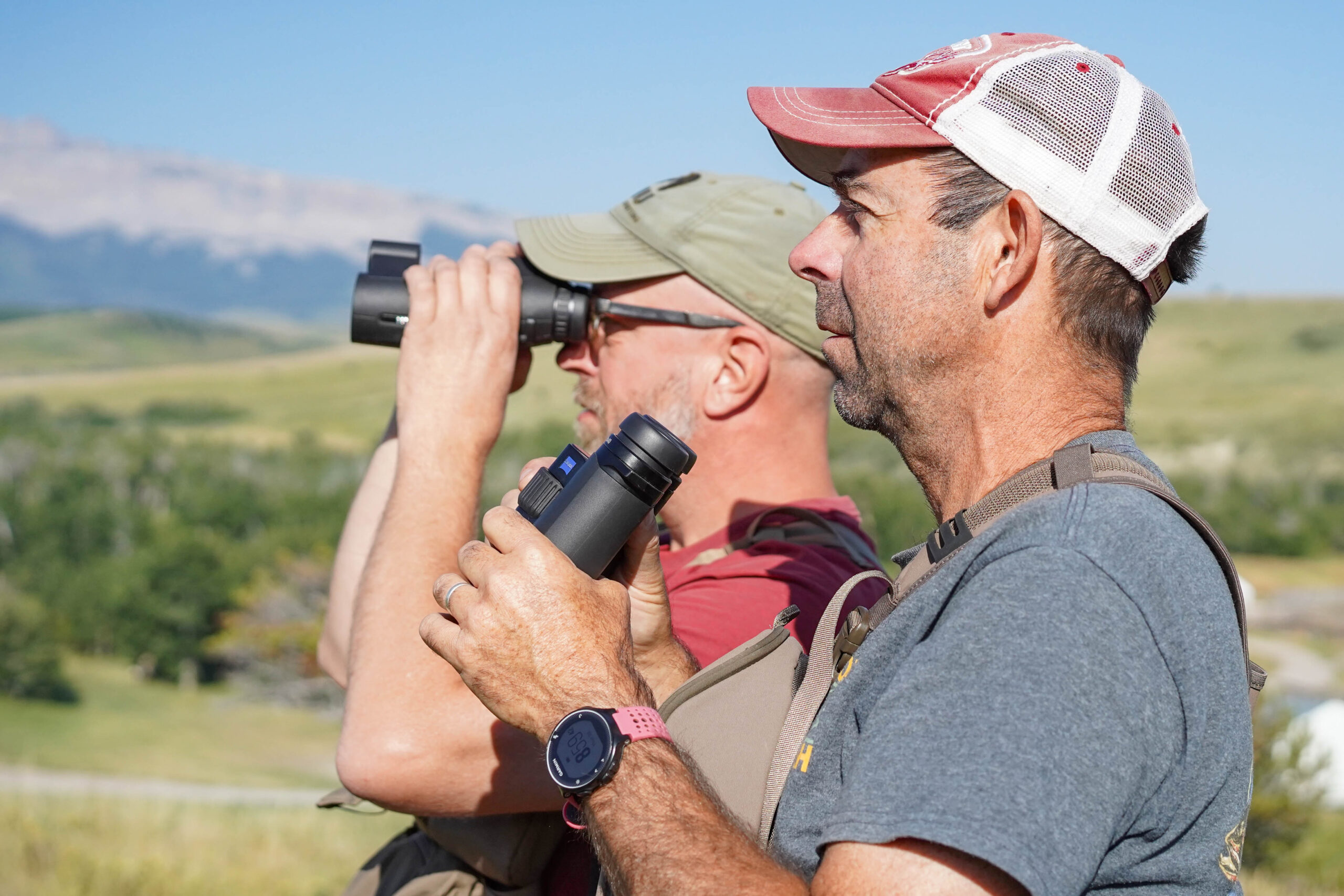Best Telescopes Under 100: Are You Missing Out?
When venturing into the vast universe of amateur astronomy, finding the best telescopes under 100 can be a game-changer. Professional photographers often seek ways to enhance their craft, and capturing celestial wonders is one pathway to achieving stunning visuals. However, budget constraints can often leave many enthusiasts questioning how to balance quality and affordability. In this article, we will dive into the intricacies of telescopes and highlight the best models you can get without breaking the bank.
Investing in the best telescopes under 100 does not mean settling for less. It implies making informed choices while considering features like optics quality, portability, and additional accessories that can enhance your stargazing experience. Read on, and we'll help you find that perfect telescope that fits both your budget and photography ambitions.

Understanding Your Needs as a Professional Photographer
As a professional photographer, you already have a deep appreciation for detail and composition. Therefore, when selecting a telescope, you must evaluate what you aim to photograph. Are you looking primarily to capture planet images, or is deep-sky photography your goal? Your decision will influence the type of telescope that complements your needs the best.
Types of Telescopes to Consider
Before exploring specific options, let's look at the primary types of telescopes you might consider:
- Refractors: These telescopes use lenses to focus light. They offer sharp visuals and are ideal for planetary photography.
- Reflectors: Utilizing mirrors to gather light, these are often more affordable and provide wider fields of view, suitable for deep-sky photography.
- Catadioptrics: A hybrid model, combining lenses and mirrors, well-suited for both planetary and deep-sky photography.
Top Picks: Best Telescopes Under 100
Now that we understand what types of telescopes are available, lets dive into our recommendations for the best telescopes under 100:
1. Orion StarBlast 4.5 Astro Reflector Telescope
The Orion StarBlast 4.5 is a fantastic entry-level telescope renowned for its impressive optics. Its perfectly portable at just 22 pounds, making it easy to take along for outdoor sessions. The telescope features a 4.5-inch aperture that allows for breathtaking views of the moon and planets while remaining extremely user-friendly.
2. Celestron Astromaster 70AZ Telescope
This telescope offers a 70mm aperture for excellent visibility and is great for both astronomy and terrestrial photography. It is lightweight and easy to assemble, making it a solid choice for photographers just starting in astrophotography. The Celestron Astromaster is particularly noted for its dual-purpose functionality.
3. Meade Infinity 70mm Telescope
If you are into stargazing and need a quality telescope for imaging planets and the moon, the Meade Infinity 70mm is an excellent choice. It provides fantastic optics and comes with useful accessories such as a finderscope, a good quality tripod, and multiple eyepieces.
4. Zhumell Z100 Portable Altazimuth Reflector Telescope
Another wonderful option is the Zhumell Z100, which offers a 4-inch mirror that produces stunning images without the bulk. The telescope is compact and easy to transport, making it an excellent companion for night sky explorations.
Choosing the Right Accessories
When you invest in telescopes, accessories play a vital role in ensuring an enriching stargazing experience. Heres what to consider:
- Eyepieces: Quality eyepieces can dramatically improve your viewing experience.
- Filters: Specific filters can enhance color and contrast for planetary photography.
- Tripods: A sturdy tripod is crucial for stability, especially for longer exposures.
Tips for Capturing Stunning Astronomical Photos
Professional photographers must embrace specific techniques when capturing images through telescopes. Here are a few tips:
- Use a camera adapter to securely attach your camera to the telescope.
- Experiment with different exposure settings to find the ideal balance.
- Practice patience when waiting for the perfect moment; astronomical photography often requires time and precision.

FAQs
1. Can I achieve good results with a telescope under 100?
Yes, many models around that price range can deliver satisfactory viewings and photographs. It all comes down to understanding their limitations and maximizing usability.
2. Do I need a special camera for astrophotography?
Generally, a DSLR or mirrorless camera with manual exposure controls works best, alongside an appropriate adapter for the telescope.
3. How can I take good pictures of celestial bodies without advanced equipment?
Incorporate proper settings, good lighting conditions, and patience, as well as learning the best techniques to harness your camera alongside the telescope.
For more detailed types of telescopes and their features, check out this informative link.

